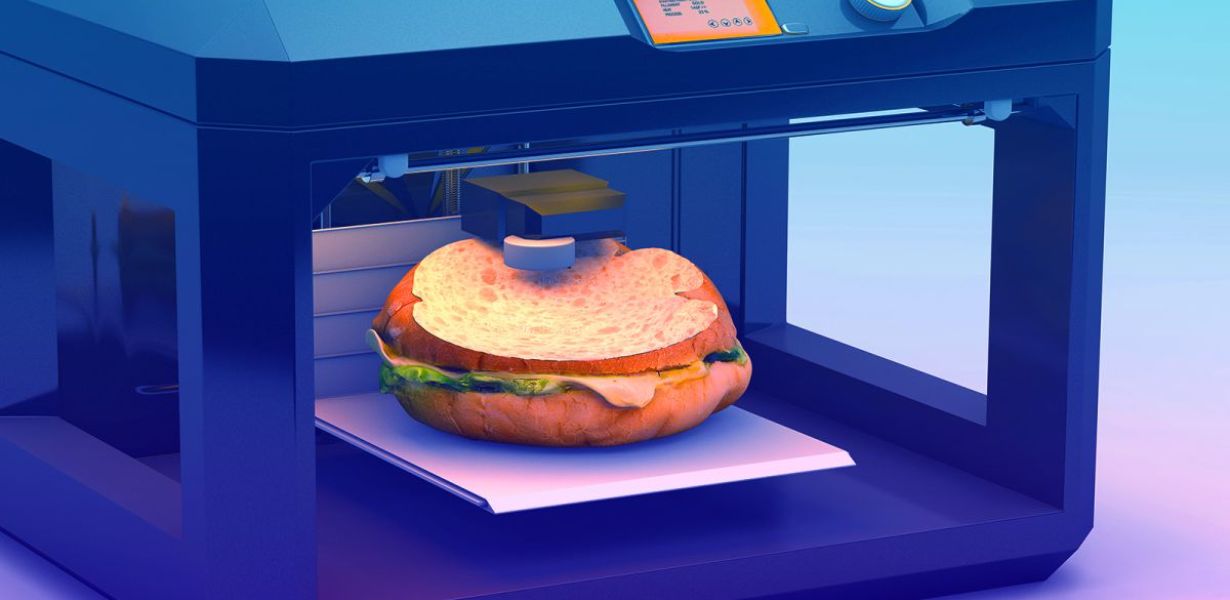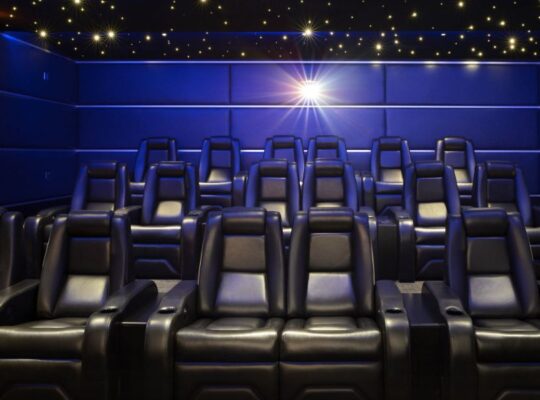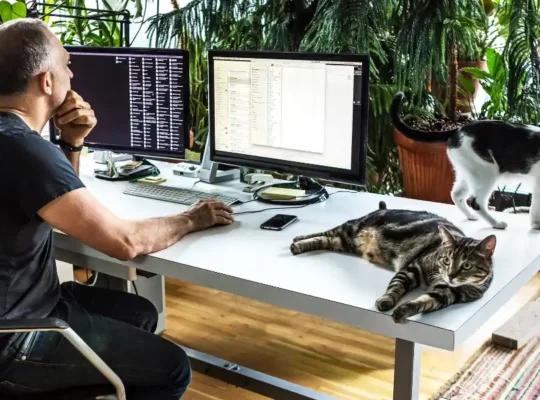Fine dining options have reached a new zenith with the advent of 3D printing technology, bringing an innovative twist to the culinary world. Imagine savoring intricately designed and precisely crafted dishes that not only tantalize your taste buds but also push the boundaries of culinary creativity. In this exploration of 3D-printed delicacies, we delve into the intersection of technology and gastronomy, uncovering a realm where edible artistry meets cutting-edge innovation.
The Rise of 3D-Printed Gastronomy
The culinary landscape is undergoing a revolutionary transformation with 3D printing at its forefront. This technology, initially reserved for manufacturing and prototyping, has now infiltrated the kitchen, offering chefs a new canvas for gastronomic expression.
3D printing enables chefs to materialize intricate designs with precision, creating visually stunning dishes that were once thought impossible. From delicate sugar sculptures to precisely layered pasta, the possibilities are as limitless as the chef's imagination.
Precision and Personalization
One of the key advantages of 3D-printed delicacies is the unparalleled precision it offers. Chefs can control every element of a dish, ensuring a consistency that elevates the dining experience. This precision extends to personalized dietary requirements, opening a world of possibilities for individuals with specific dietary needs.
Sustainability in Every Bite
Beyond the aesthetics and precision, 3D printing aligns with the growing emphasis on sustainable practices in the culinary world. By using precise measurements and minimizing waste, chefs can contribute to a more sustainable food industry, addressing environmental concerns associated with traditional cooking methods.
The Fusion of Art and Flavor
3D printing in gastronomy is not merely about form; it's also about flavor. Chefs are experimenting with intricate layering techniques and surprising combinations that redefine the taste experience. The fusion of art and flavor in 3D-printed dishes creates a dining adventure that engages all the senses.
Culinary 3D Printers: A Chef's Canvas
Culinary 3D printers have become the modern chef's canvas, allowing them to experiment with shapes, textures, and flavors. These machines use edible ingredients to build intricate layers, bringing to life culinary masterpieces that challenge traditional notions of what a meal can be.
The Future of Fine Dining
As 3D printing technology continues to evolve, the future of fine dining looks increasingly captivating. Chefs and food enthusiasts alike anticipate a time when personalized 3D-printed meals become a staple in high-end restaurants, offering a unique and memorable dining experience.
Challenges and Opportunities
While the prospect of 3D-printed delicacies is exciting, it comes with its set of challenges. Acceptance, cost, and scalability are factors that need addressing. However, the opportunities for culinary innovation and the sheer wow factor make it a journey worth undertaking.
Fine Dining Options Redefined
Fine dining options are being redefined by 3D printing, ushering in a new era where creativity knows no bounds. This intersection of technology and gastronomy opens doors to unparalleled culinary experiences, pushing the envelope of what is possible in the world of fine dining.
Final Words
In this culinary odyssey, we've witnessed the marriage of technology and gastronomy, where 3D printing breathes new life into fine dining. The precision, personalization, sustainability, and fusion of art and flavor redefine the very essence of what it means to savor a meal. As we embrace this new dimension of culinary artistry, the future of fine dining beckons us with promises of innovation and unforgettable experiences.
Commonly Asked Questions
1. Can I 3D print any type of food?
Absolutely! While some foods lend themselves better to 3D printing, the technology is versatile enough to handle a variety of ingredients, from chocolates to pasta and even intricate sugar sculptures.
2. Is 3D-printed food safe to eat?
Yes, it is. Culinary 3D printers use edible ingredients, and chefs adhere to strict food safety standards. The printing process ensures precision and cleanliness, making it as safe as traditionally prepared food.
3. How does 3D printing contribute to sustainability in the food industry?
3D printing allows for precise measurements, minimizing waste in the cooking process. This aligns with sustainability goals, addressing environmental concerns associated with traditional cooking methods.
4. Can I personalize 3D-printed meals to fit my dietary preferences?
Absolutely! One of the remarkable aspects of 3D-printed delicacies is the ability to customize meals based on individual dietary needs. Chefs can create personalized dishes that cater to specific preferences and restrictions.
5. Are 3D-printed delicacies only for high-end restaurants?
While currently gaining popularity in high-end establishments, the potential for 3D-printed delicacies extends beyond. As technology advances and becomes more accessible, we can anticipate a broader integration into various dining experiences.












